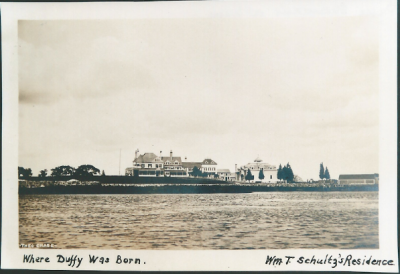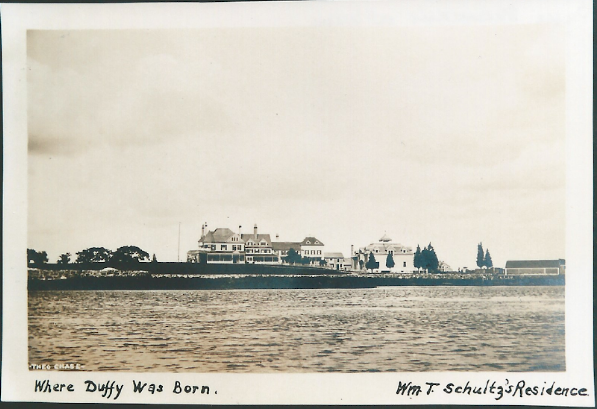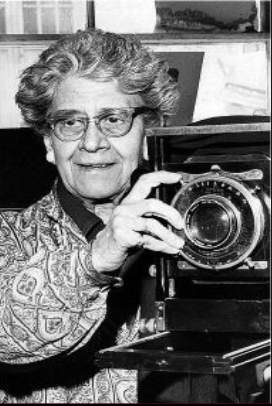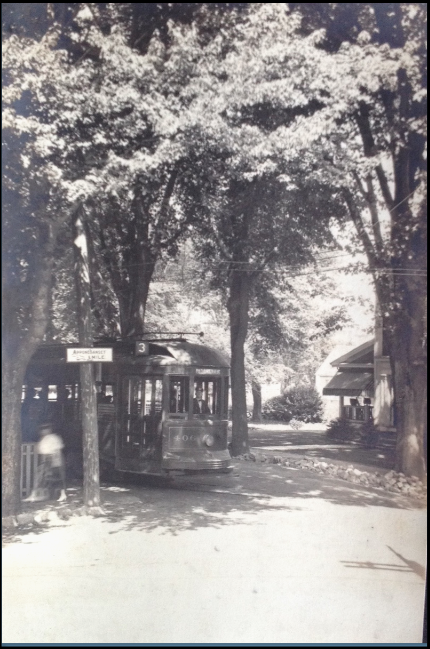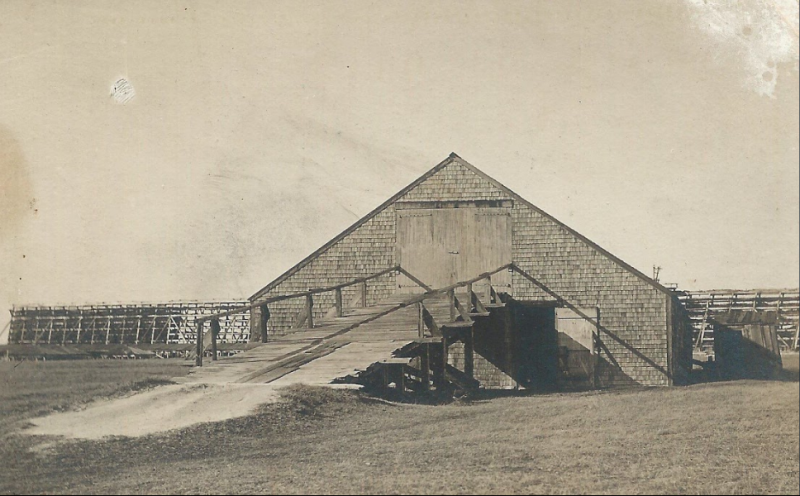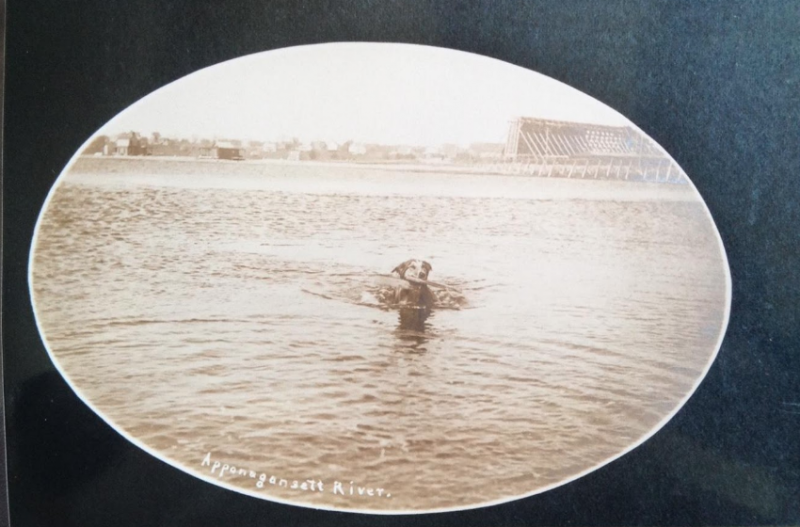Early photographer captured, preserved Dartmouth history
Theodosia Potter Chase holds important significance to Dartmouth's history buffs: Her early 20th century postcard photography serves as the only documentation for many landmarks of yesteryear.
The life and work of Chase, who was born on November 9, 1875, was chronicled by Dartmouth Historical Commission member and author Judy Lund.
Lund, the author of a book about historical postcards featuring Dartmouth, said that Chase’s work is “a wonderful way to look at Dartmouth essentially 100 years ago.”
Her photographs, most of which were made to be sold as postcards, heavily feature South Dartmouth and Nonquitt -- the areas where tourists and wealthy residents who would be interested in buying postcards lived.
She also worked on commission and advertised her services as a photographer in a flyer from an event at the Congregational Church.
Chase’s work provides a gateway to the history of Dartmouth, as Lund demonstrated at her lecture at the Dartmouth Historical and Arts Society.
One of Chase’s photos is labeled “Richard Canfield’s Birth-Place, Padanaram” in her signature tiny handwriting -- although whether Canfield was actually born there is disputed.
Richard Canfield was a famous businessman and art collector, but is perhaps best remembered for his involvement in illegal gambling. He is the namesake of the solitaire game “Canfield.”
Because the wealthy were reliable patrons, Chase also regularly photographed the large houses on the waterfront.
Lund’s presentation, composed of postcards from her and other private collections, includes four photographs of the massive Schultz estate, also known as “The Star of the Sea.”
Schultz’s estate, which eventually was bought by the Catholic Church, had its own private harbor. The village lore was that Schultz continued adding rooms to his house to stave off his own death.
Chase also documented the New Bedford Yacht Club, which built what was initially a second location in Padanaram to escape the industrial pollution of New Bedford. The yacht club pictured in Chase’s photographs is largely the same as what exists today, although the porches have been enclosed.
She also documented the Apponagansett Boating Club, which was a separate club populated mostly by younger people who were interested in racing smaller boats. The yacht club at this point was interested in larger boats.
Chase also photographed the trolley line that used to run in Padanaram, and documented the Howland Salt Works.
June Brownell Roche remembers frequently seeing Chase when she visited her grandparents, Lydia and Lester Brownell.
“She was tough. She was gruff,” Brownell remembers.
When she thinks about Chase, she remembers her wearing pants, with her hands on her hips and a cigarette hanging out of her mouth.
“She was easy to remember because she was so different from everyone else,” Brownell said.
After her death in 1972, Reverend David Rankin wrote a eulogy that read in part, “Let it be known that she was a strange and beloved member of our community; and she was frank and honest and direct, that she was proud and independent, that she was a mystery to all who knew her.”
He also noted that she “never quite fit in with the normal routine of life—lived as she wished to live, in her own was, in her own style, and at her own remarkable pace.”
Several of Chase’s ink sketches and one of her paintings are in the permanent collection of the New Bedford Whaling Museum, and the slideshow from Judy Lund’s presentation will be posted online at the Historical and Art Society’s website, www.dartmouthhas.org.



